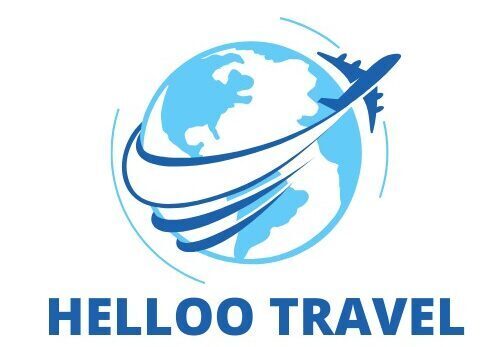Alberta, a province in western Canada, offers breathtaking landscapes that cater to every kind of traveler. From rolling prairies to towering, snow-capped peaks, the variety is astounding. Its largest cities, Edmonton and Calgary, mix modern urban life with a rugged, pioneering spirit.
Art and culture thrive here, where heritage festivals and vibrant music scenes celebrate Alberta’s multicultural identity. Whether you’re drawn to outdoor adventure or intrigued by prehistoric fossils, Alberta delivers. If your family includes any aspiring paleontologists, this is one of the best places in the world to uncover dinosaur history. Here are ten unforgettable places to explore in Alberta:
10. Lethbridge
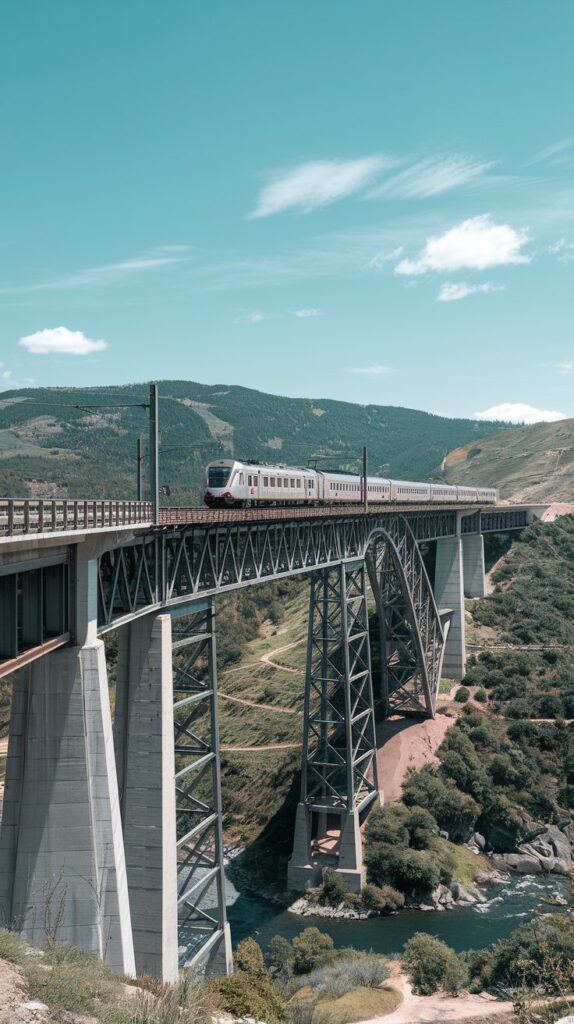
Located near the Canadian Rockies’ foothills, Lethbridge is the cultural heart of southern Alberta. Once known as Fort Whoop-Up for its Wild West past, the city now boasts a population of over 90,000.
Recognized as a Cultural Capital of Canada, Lethbridge celebrates diversity through its thriving arts scene. Highlights include the Southern Alberta Art Gallery, the University of Lethbridge Art Gallery, and Casa—a creative community hub. Lethbridge is also home to the Lethbridge Viaduct, the tallest and longest steel trestle bridge in North America.
9. Drumheller
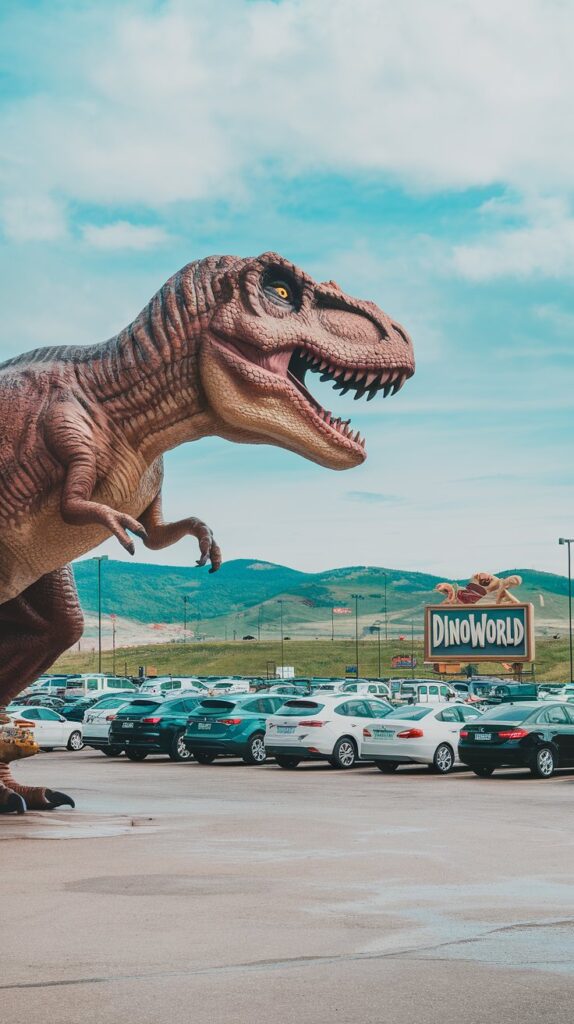
Drumheller is a dream come true for history buffs and dino fans alike. Located 110 km northeast of Calgary, this town sits in the Red Deer River Valley, also known as Dinosaur Valley.
A towering 86-foot-tall Tyrannosaurus rex—dubbed the world’s largest dinosaur—welcomes you just outside town. Right next to it, a giant water fountain adds to the quirky charm. Don’t miss the Royal Tyrrell Museum, home to Canada’s most extensive fossil collection. The town also hosts the Canadian Badlands Passion Play every July near the ski hill.
8. Canmore
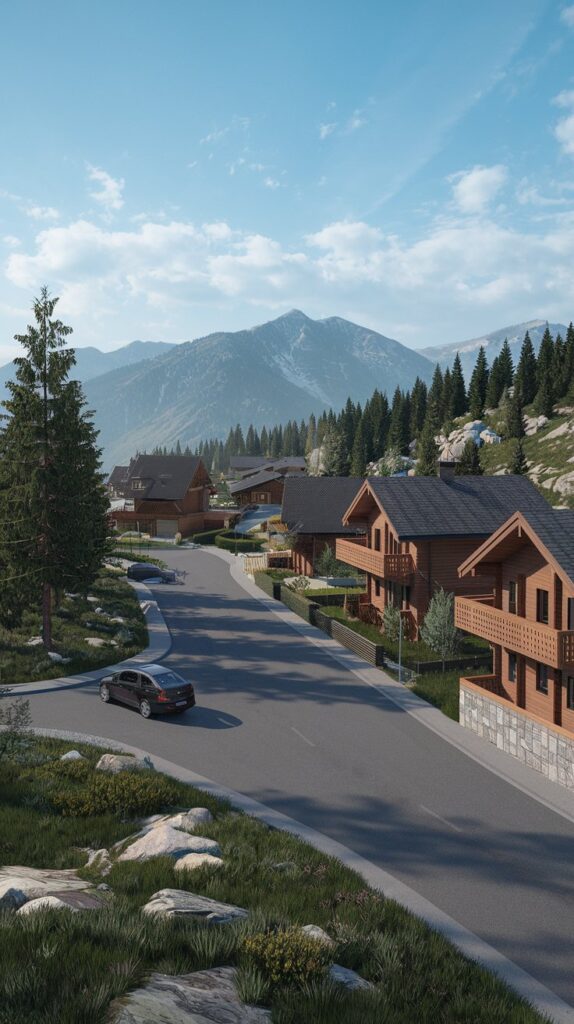
Canmore is a picturesque mountain town located between Calgary and Banff National Park. Once a coal-mining hub, it gained international attention during the 1988 Calgary Winter Olympics.
Film enthusiasts may recognize Canmore as a filming location for movies like Brokeback Mountain, Shanghai Noon, and The Assassination of Jesse James. It’s a budget-friendly alternative to Banff or Lake Louise, offering equally stunning scenery and outdoor access at a more affordable rate.
7. Waterton Lakes National Park
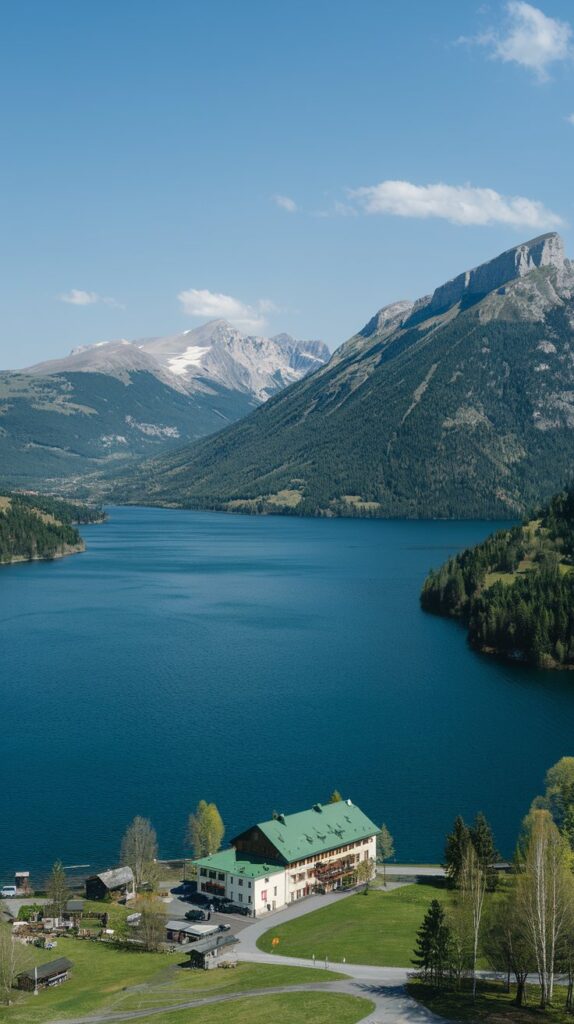
Founded in 1895, Waterton Lakes National Park lies just north of Montana’s Glacier National Park. Together, they form the Waterton-Glacier International Peace Park—a symbol of cross-border harmony.
The park features dramatic mountain landscapes, pristine lakes, and a maze of scenic hiking trails. Its lakes are among the deepest in the Canadian Rockies. Don’t be surprised to see deer wandering the tiny town of Waterton Park, the only serviced area within the park boundaries.
6. Edmonton
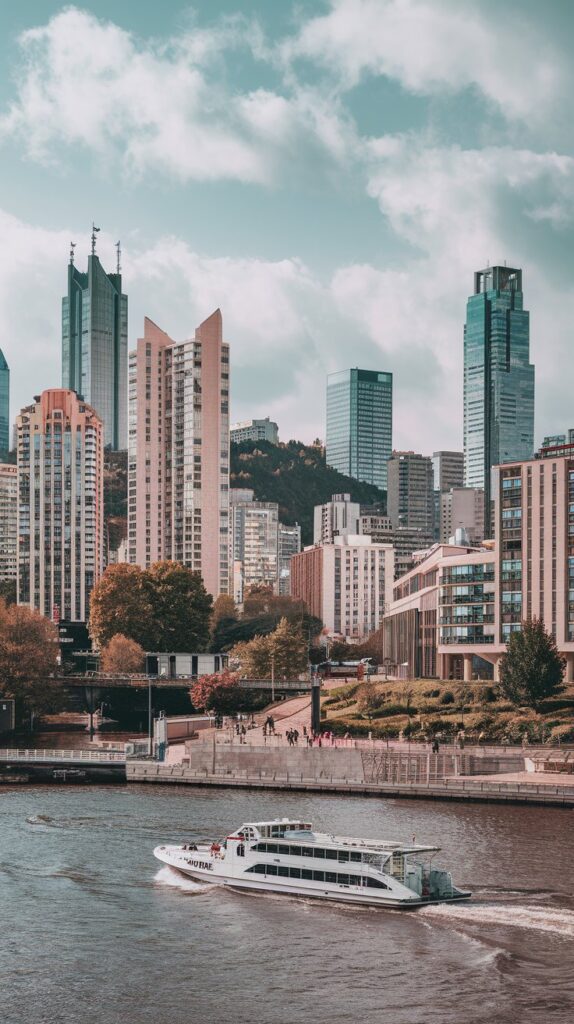
Alberta’s capital, Edmonton, holds the title of the northernmost city in North America with over a million residents. Once home to the continent’s largest mall—West Edmonton Mall—Edmonton is known today for its festival scene.
Nicknamed “Canada’s Festival City,” it hosts events year-round. K-Days, a celebration of Klondike heritage, draws big summer crowds, as does the international Fringe Festival—second only to the one in Edinburgh, Scotland. From street performers to indie art shows, there’s always something happening here.
5. Dinosaur Provincial Park
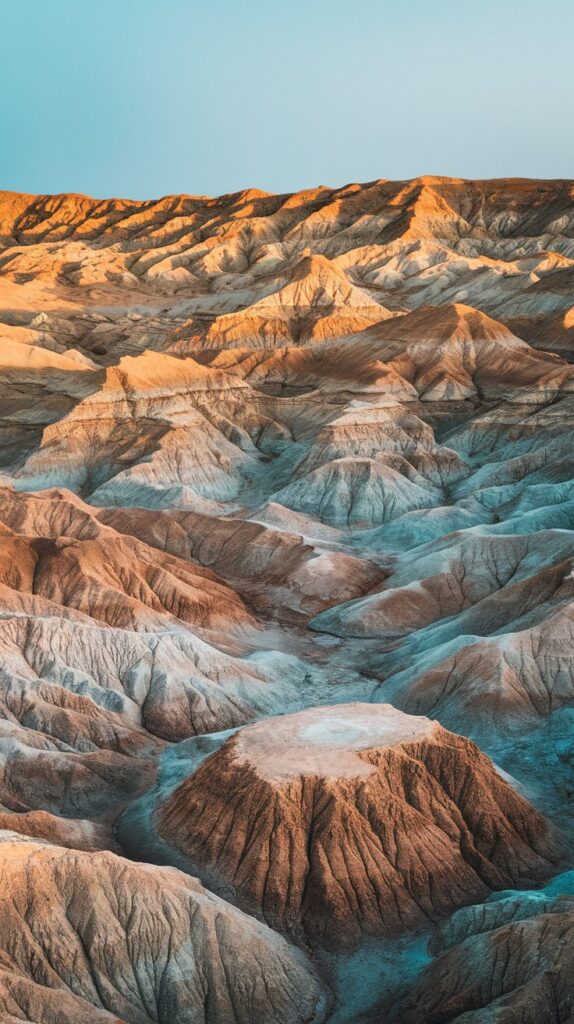
This UNESCO World Heritage Site is one of the richest sources of dinosaur fossils on Earth. Over 40 species have been discovered in the arid badlands of Dinosaur Provincial Park.
In addition to its prehistoric treasures, the park offers diverse wildlife, including deer, coyotes, and pronghorn antelope. With over 165 bird species, it’s also a haven for bird watchers. Nearby, visit the preserved cabin of John Ware, a pioneering Black rancher whose legacy shaped Alberta’s ranching history.
4. Calgary

At the confluence of the Bow and Elbow rivers sits Calgary, Alberta’s most populous city. Named after a village on Scotland’s Isle of Mull, Calgary has roots in the fur trade and a reputation for hosting unforgettable events.
The city is best known for the Calgary Stampede, a world-famous rodeo drawing over a million visitors each July. Beyond its Wild West heritage, Calgary has a booming arts scene and is home to the Southern Alberta Jubilee Auditorium, a leading venue for concerts and theatre.
3. Elk Island National Park

Just 30 km east of Edmonton, Elk Island National Park was initially established to protect endangered elk. However, it became especially important for the conservation of bison, which still roam freely in this fully enclosed national park.
Though not the largest in Canada, Elk Island is rich in wildlife. Along with elk and bison, you may spot moose, beavers, coyotes, and even lynx. The Ukrainian Pioneer Home, Canada’s first museum dedicated to Ukrainian settlers, also stands within the park’s boundaries.
2. Jasper National Park

Jasper is the largest national park in the Canadian Rockies, offering jaw-dropping glacial views and incredible wildlife sightings. The Columbia Icefield is the main attraction—it’s one of the largest non-polar ice fields on the planet.
Take a guided trip on a specially-designed Ice Explorer, sip fresh glacier water, and then head out onto the Glacier Skywalk, a glass-floored platform hanging high above the valley. Wildlife like moose, grizzly bears, and wolverines roam freely, making Jasper a must-visit for nature lovers.
1. Banff National Park

No list of Alberta’s top destinations would be complete without Banff National Park. As Canada’s first national park, it’s a crown jewel of natural beauty and outdoor adventure.
Lake Louise, with its stunning blue glacial waters, is world-famous. Not far away, Moraine Lake—once featured on the Canadian $20 bill—offers equally captivating scenery. The charming town of Banff lies within the park and hosts a popular winter carnival. Whether you visit in summer or winter, Banff promises unforgettable views and experiences. No wonder it welcomes over three million visitors each year.
